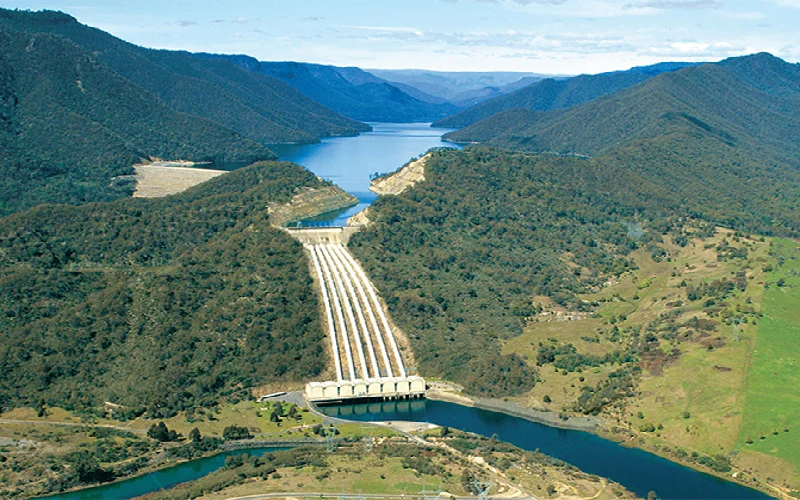Pumped storage hydropower (PSH) is a type of hydroelectric energy storage that can help balance the grid and integrate with other renewable energy sources. PSH works by pumping water from a lower reservoir to an upper reservoir when electricity demand is low and releasing it back down through a turbine when demand is high, generating power in the process. PSH acts like a giant battery that can store excess energy and release it when needed.
PSH is not a new technology, but it is undergoing a rapid expansion in countries where wind and solar power are also growing. According to a new report by Global Energy Monitor, PSH accounts for 93% of all utility-scale energy storage in the United States and has the potential to more than double its current capacity. China, which has the largest PSH capacity in the world, plans to roll out more projects nationwide to reduce its reliance on fossil fuels. Other countries, such as Australia, India, and Japan, are also investing in PSH to enhance their grid reliability and resilience.
Stored Energy When Its Needed
PSH can provide multiple benefits to the power system, such as frequency regulation, voltage control, spinning reserve, black start capability, and congestion relief. PSH can also help integrate more variable renewable energy sources, such as wind and solar, by absorbing their excess generation during periods of low demand and supplying power during periods of high demand or low generation. This can reduce curtailment of renewable energy and increase its utilization.
“PSH is a proven technology that can support the transition to a low-carbon power system,” said Joe Bernardi, who runs Global Energy Monitor’s hydropower tracker. “It can complement other forms of energy storage, such as batteries and hydrogen, by providing long-duration and large-scale storage capacity.”
PSH also faces some challenges and trade-offs. One of them is the environmental impact of building large reservoirs that can affect land use, water quality, biodiversity, and local communities. Another challenge is the high capital cost and long lead time of PSH projects, which can deter investors and developers. Moreover, PSH requires suitable sites with sufficient elevation difference and water availability, which can limit its deployment potential.
Flexible Applications
To address these challenges, some innovations are being developed in PSH technology and design. One of them is closed-loop PSH, which does not have an ongoing connection to a natural body of water and thus reduces the environmental impact. Another innovation is modular PSH, which uses smaller and standardized units that can be installed faster and cheaper than conventional PSH.
A closed-loop PSH project is the Snowy 2.0 project in Australia, will link two existing reservoirs in the

Snowy Mountains and add 2 gigawatts (GW) of generation capacity and 175 hours of storage capacity. The project is expected to be completed by 2026 and will support the integration of more wind and solar power in the National Electricity Market.
And a modular PSH project is the San Vicente project in California, which will use an existing reservoir and a new underground reservoir to create a 500 megawatts (MW) PSH facility with 8 hours of storage capacity. The project is expected to be completed by 2025 and will help balance the grid and reduce greenhouse gas emissions.
“PSH is a key enabler for achieving high levels of renewable energy penetration,” said Imre Gyuk, director of the Energy Storage Program at the U.S. Department of Energy. “It can provide flexible and dispatchable power that can match the variability of wind and solar generation.”
As the world transitions to a cleaner and more resilient power system, PSH can play a vital role in ensuring grid stability and reliability while supporting the integration of more renewable energy sources.











